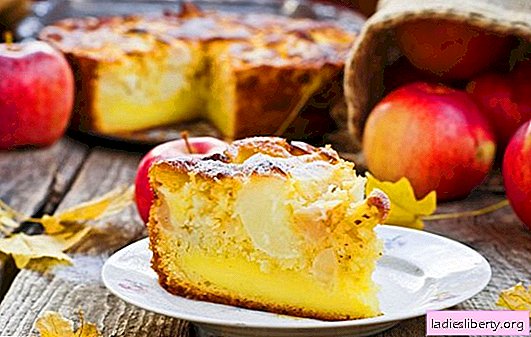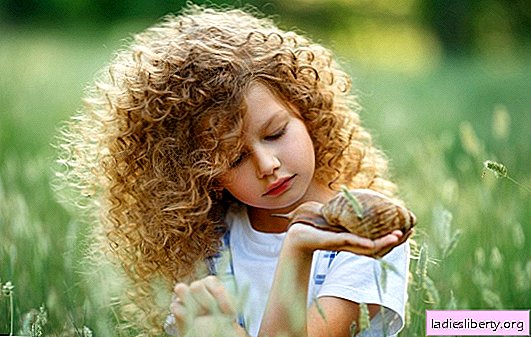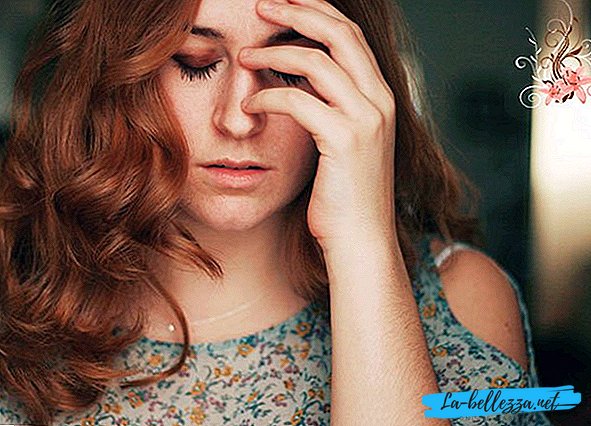
In recent years, it has become fashionable to grow bonsai at home. Beginners should remember that care, pruning, as well as transplanting and improving the design of such a plant should be continuous.
But for those who manage to grow a tree, this luck turns into a real hobby for life.
Homeland of an amazing plant
This plant came to us from Japan. Translated means:
1. "a tree grown in a pot."
2. "a tree that is sheared."
About growing in buns near house plants for culinary and medical purposes is mentioned in the chronicles of Ancient China and Egypt. Later, the Japanese became interested in this method of growing bonsai and turned this process into a real art.
How to grow a bonsai
Bonsai really grow from the usual seed of almost any tree. But only experienced craftsmen can do it. For beginners, experts recommend starting to gain experience by caring for a seedling of one of the following trees.
It can be purchased at the garden center or dug a young seedling in the forest:
· Birch tree;
Oak;
· Pine;
Ficus
· Chinese juniper;
Elm
Local tree species are more hardy compared to exotic species. In addition, we know better what soil will suit them, location, diseases and pests that threaten them.
Of course, you can experiment with soil, moisture. But such experiments are unlikely to benefit the tree. The best option is to observe how it grows in nature.
The following points are important here.
1. The composition of the soil.
2. The amount of light required for normal tree growth.
3. A shaded or lighted area is preferred by a tree.
4. Dry or humid places like wood.
In addition, they are frost-resistant so that the tree wintered; it is not necessary to keep it in a heated room in the winter.
The bonsai will grow and develop like an ordinary tree, in autumn the leaves will fall, in spring it will release buds (with the exception of conifers). The miniature size and original shape is the result of active pruning and constant growth inhibition.
Step-by-step instructions for growing bonsai
1. We take a tree seedling, about 15 centimeters high. We cut the roots, leaving no more than 8 centimeters.
Advice! To make the tree easier to take root, it is necessary to take the familiar land, that is, from the place where the tree grew.
2. The next step is pruning branches. Leave only those that are horizontal to the tree.
3. The capacity for growing should be small and wide. Earth will fit the following composition:
· Garden soil - 3 parts;
Peat - 1 part;
· Sand - 1 part.
A plastic grate is placed on the bottom of the pot. Before planting, a container with prepared soil is taken out to fresh air.
4. It is better to plant a bonsai in the fall, then during the winter it will take root well and take root better in the new conditions.
5. When the trunk grows by more than 30 centimeters, it is necessary to cut off the crowns, after which they are wrapped with soft wire. In order to get a tree of the desired shape, it is necessary to prune not only the extra branches, but also some of the buds.
The following method will also help to obtain the desired shape: on the tree trunk, apply horizontal cuts. But this applies only to some parts of the trunk, and not all of it. Thus, it will be possible to slow down the flow of juice, and, accordingly, the growth of the tree.
6. Pegs will also help to get the desired shape, and you can also attach the barrel with wire to the edge of the pot.
Bonsai Tree Molds
There are many forms for bonsai. But the most common of them will be considered.
1. Rocky. Most of all, oak or cherry is suitable for the formation of such a bonsai tree.
2. Tilted. The tree is slightly tilted to the side.
3. Inclined. Tilted so much (sometimes below the pot) that it seems as if a wind was blowing on him. It is very important that the pot for such a plant is stable and does not allow the plant to fall under its weight.
4. Dead tree. Its peculiarity lies in the absence of bark, so it resembles a dying tree.
5. Two guns. The tree is a common crown, from which grows two trunks or in one pot from one point 2 of the tree.
6. Hieroglyphs. It is a tree with a crown of leaves at the very top.
7. Half cascade. The tree first grows up, then sharply down.
Bonsai tree care at home
The result that every gardener seeks depends on the proper care of a bonsai. So in the winter, large shoots are removed on the tree, adhering to the chosen form. Use sharp knives for such work. To slow growth, with pershadka thick roots must be removed.
Watering should be carried out often, but with small amounts of water. But in any case, you need to focus on the type of tree. So deciduous need more moisture. In addition to watering, trees must also be sprayed.
Fertilizer also an important point of care for dwarf trees. It is necessary to feed once a week with special fertilizer, once a month in winter.
Diseases and Pests Bonsai
In addition to the fact that this tree will need careful care when growing a bonsai, it can also be threatened by many diseases and pests. Among the pests, it is worth noting the following:
· Plant aphid. Exists on the bottom of the leaves, sucks the sap from the tree. Aphids from the leaves are removed with a piece of gauze, the plant is sprayed with an insecticide.
 · Caterpillars. It destroys leaves and shoots. As a struggle, the tree is treated with ash or gypsum.
· Caterpillars. It destroys leaves and shoots. As a struggle, the tree is treated with ash or gypsum.
· Scaffold and false scaffold. Most often affects the branches of the trunk. Bonsai is treated with a special insecticide.
· Ants. Spoil the bark of the trunk, leaves. You can etch them with special poison.
· Beetle grinder. It makes labyrinths under the bark of a tree. To combat it, you may need to remove part of the plant.
· Mite. Entangled in a web of leaves. Very small in size, but capable of causing tremendous harm. The lesion after removal of the pest is treated with alcohol or acaricide.

If you decide to buy a bonsai tree
Varieties of bonsai - this is not dwarf plants, but the most ordinary trees, which can be given the most diverse form, if pruned in time. Before buying a plant, you should know the following.
1. You can find for sale an expensive bonsai tree, or you can cheaper its analogue. But only in the second case, you should remember: you purchased a young bonsai tree, that is, in the future, you will have to continue to shape and improve its shape yourself. It could also be a low-quality tree - an ordinary seedling planted in a pot and pruned.
2. It is better to refuse to buy bonsai in ordinary garden centers, they prefer a specialized nursery.
3. When buying a plant, ask for an information sheet that indicates which soil the plant is intended for: indoor or outdoor.
4. Familiarize yourself with the styles of bonsai tree formation. The plant must respond to one of them.
5. Pay attention to the leaves. They should be green and look healthy (unless it is, of course, fall). The branches must be healthy. The presence of dry branches indicates an unhealthy state of bonsai. The tree should be firmly fixed in the pot, the wire should not be ingrown into the trunk.
6. The soil in which the tree grows is of considerable importance. It should be moderately moist, not very compacted, loose, not covered with moss.











